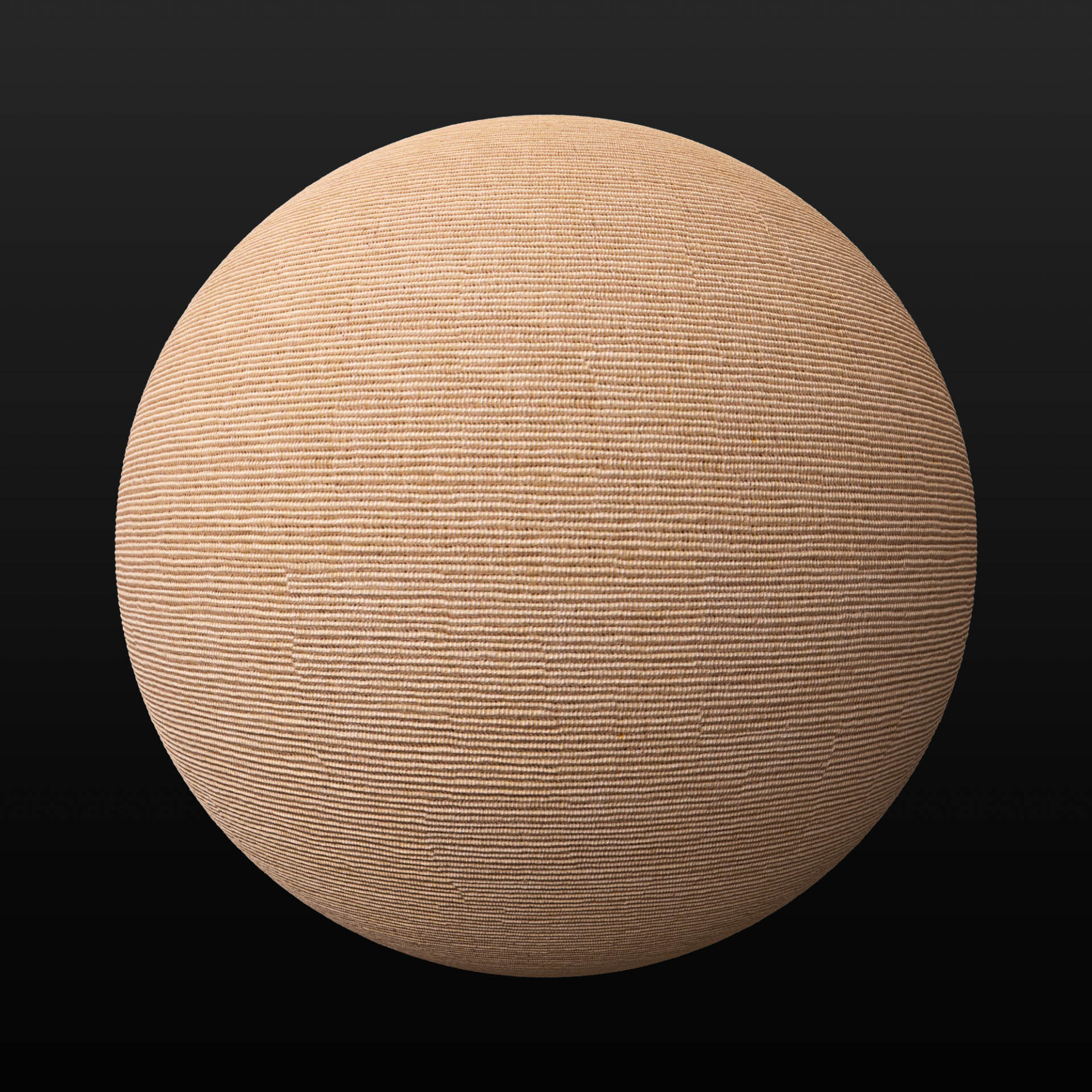
Of course things will depend on the kind of objects etc. Exporting the Rhino import to OBJ and import that into Vectorworks gave a much better result than the direct import of the 3D DWG file. When I got access to Rhino 6 and imported a DWG 3D model in there it was much cleaner than when VW imported the same 3D DWG model.

each time you have to deal with this C4D->DWG->VW route. It is an expense but in the long run it might be more cost effective than having to redo parts of the model or create time consuming workarounds etc. This should give a much more palatable result than exporting from C4D to DXF as DXF/DWG tends to mesh and triangulate 3D objects (or it gets imported as such by other software trying to import DXF/DWG). MographPlus makes use of the new sheen in Arnold to create unbelievable looking fabric shaders.What may work is to get Rhino3D, import the DWG file in there and export to OBJ and then import that to Vectorworks. Once you have a cloth that you are happy with, have a look at how to shade it using Arnold for C4D. The tutorial covers a lot of tips and tricks so you can get the best result and the most details from the cloth simulations. Tutorial author PixelWolf, shows how to work with C4D’s soft body dynamics to create a draping cloth effect over top of some furniture.

With Cinema 4D, you can create nice-looking cloth effects using Soft Bodies and Dynamics. Although dedicated tools offer some more advanced workflows while still making it easy to create elements, that doesn’t mean that you can’t work with the tools that you already have. One of the most popular tools for working with cloth and clothing is Marvelous Designer. Pixelwolf shares how to create nice-looking draping cloth in Cinema 4D using dynamics.Ī lot of artists will have dedicated cloth tools for creating things like draping cloth on furniture, bedding, and other elements.


 0 kommentar(er)
0 kommentar(er)
